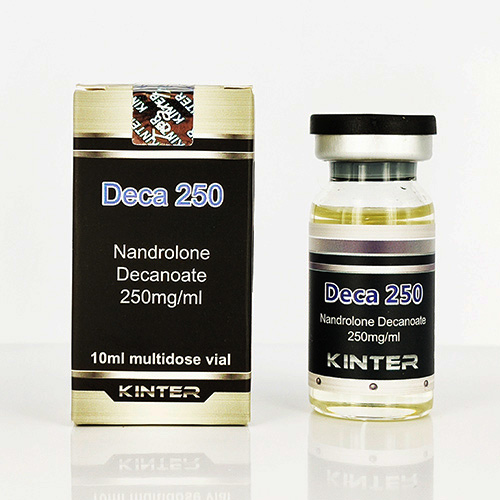Medical uses
Nandrolone esters are used clinically, although increasingly rarely, for people in catabolic states with major burns, cancer, and AIDS, and an ophthalmological formulation was available to support cornea healing.
The positive effects of nandrolone esters include muscle growth, appetite stimulation and increased red blood cell production, and bone density. Clinical studies have shown them to be effective in treating anemia, osteoporosis, and breast cancer.Nandrolone sulfate has been used in an eye drop formulation as an ophthalmic medication.
Non-medical uses
Nandrolone esters are used for physique- and performance-enhancing purposes by competitive athletes, bodybuilders, and powerlifters.
Pharmacokinetics
Nandrolone has very low affinity for human serum sex hormone-binding globulin (SHBG), about 5% of that of testosterone and 1% of that of DHT. It is metabolized by the enzyme 5α-reductase, among others. Nandrolone is less susceptible to metabolism by 5α-reductase and 17β-hydroxysteroid dehydrogenase than testosterone. This results in it being transformed less in so-called “androgenic” tissues like the skin, hair follicles, and prostate gland and in the kidneys, respectively. Metabolites of nandrolone include 5α-dihydronandrolone, 19-norandrosterone, and 19-noretiocholanolone, and these
metabolites may be detected in urine.
Single intramuscular injections of 100 mg nandrolone phenylpropionate or nandrolone decanoate have been found to produce an anabolic effect for 10 to 14 days and 20 to 25 days, respectively.
